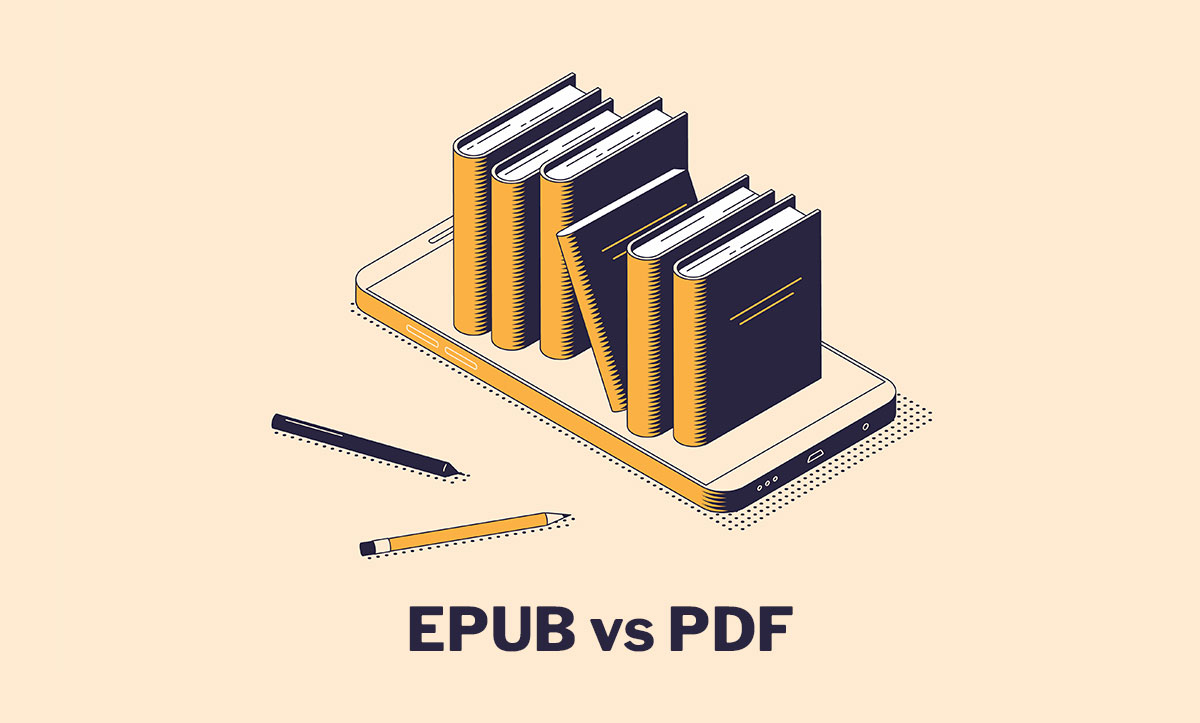ISBN, or International Standard Book Number, is a unique identifier assigned to each edition and variation (except reprintings) of a book. This standardized code helps streamline the process of cataloging and identifying books across the global publishing industry. An ISBN is typically a 13-digit number, divided into five distinct components, each serving a specific purpose.
Prefix Element (GS1 Prefix)
The first three digits of an ISBN represent the GS1 prefix, which indicates the geographical location or language group of the publisher. This prefix is crucial for identifying the origin of the book. Different countries or language groups are assigned specific prefixes, ensuring a globally standardized system.
Registration Group Element
Following the GS1 prefix is the registration group element, which consists of one to seven digits. This portion identifies the specific national, geographic, or linguistic grouping within the given GS1 prefix. It helps to categorize publishers based on their location, making it easier to manage and organize ISBNs on an international scale.
Registrant Element
The registrant element follows the registration group element and can have up to six digits. This part of the ISBN identifies the individual publisher or imprint. Publishers are assigned unique registrant numbers within their registration group, allowing for precise identification of the source of the book.
Publication Element
The publication element is represented by a variable number of digits (from one to seven). It identifies the specific edition, format, or version of a publication. This part of the ISBN distinguishes different editions, such as hardcover, paperback, or e-book, ensuring that each variation of a book receives a unique identifier.
Check Digit
The last digit of an ISBN is the check digit, which is calculated based on a specific algorithm. This digit helps verify the accuracy of the ISBN by ensuring that the other digits have been entered correctly. The check digit is essential for minimizing errors in the ISBN system and maintaining the integrity of the identification process.
Understanding an ISBN Example:
Let's break down an example ISBN to illustrate these components: 978-3-911241-01-4.
- GS1 Prefix: 978
- Registration Group: 3
- Registrant: 911241
- Publication: 01
- Check Digit: 4
An ISBN is a powerful tool that facilitates the efficient organization and identification of books on a global scale. By understanding the different components of an ISBN, including the GS1 prefix, registration group, registrant, publication, and check digit, publishers, retailers, and libraries can effectively manage and catalog their inventory. This standardized system plays a crucial role in the modern publishing industry, ensuring that each book receives a unique identifier for accurate tracking and accessibility.
 English
English  Български
Български 









